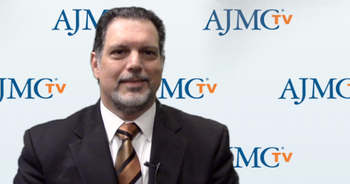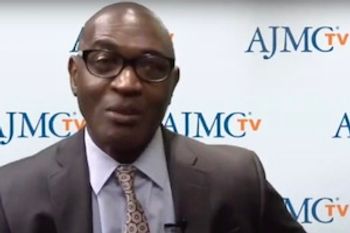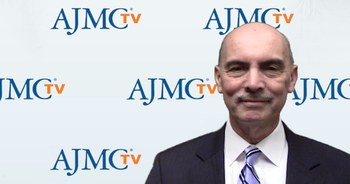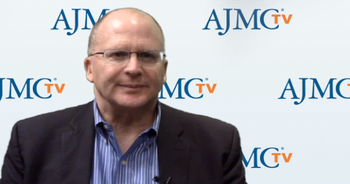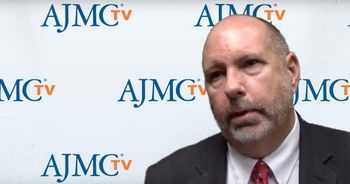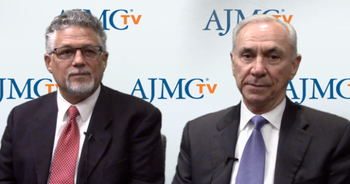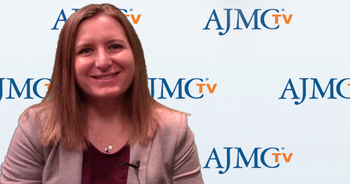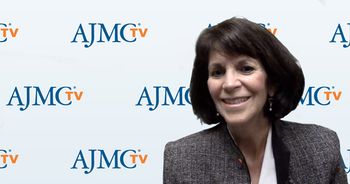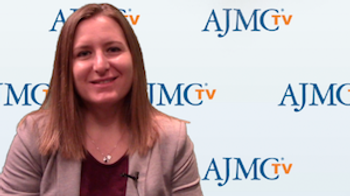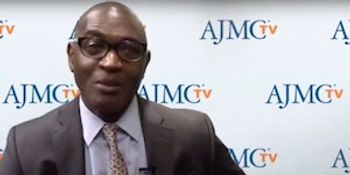
How are large employers adapting to, and benefiting from, the value-based care practices that are a payer demand and a provider imperative? This was the focus of a panel moderated by Bo Gamble, director of Strategic Practice Initiatives, Community Oncology Alliance (COA), during the 2018 Community Oncology Conference hosted by COA, April 12-13 in National Harbor, Maryland.

